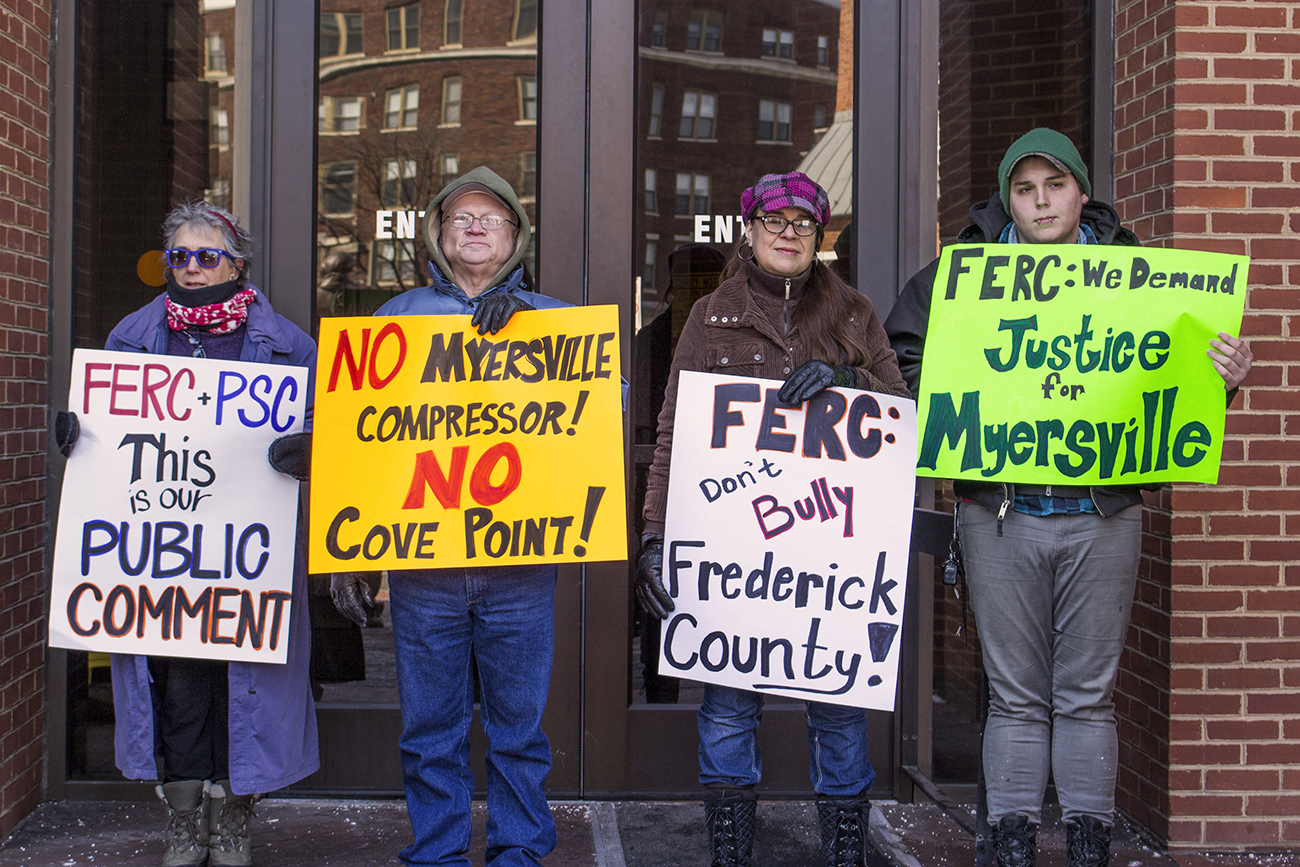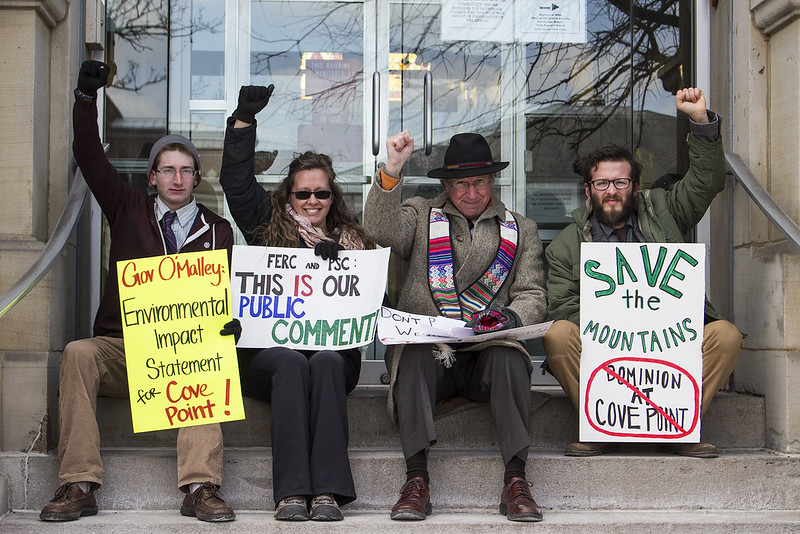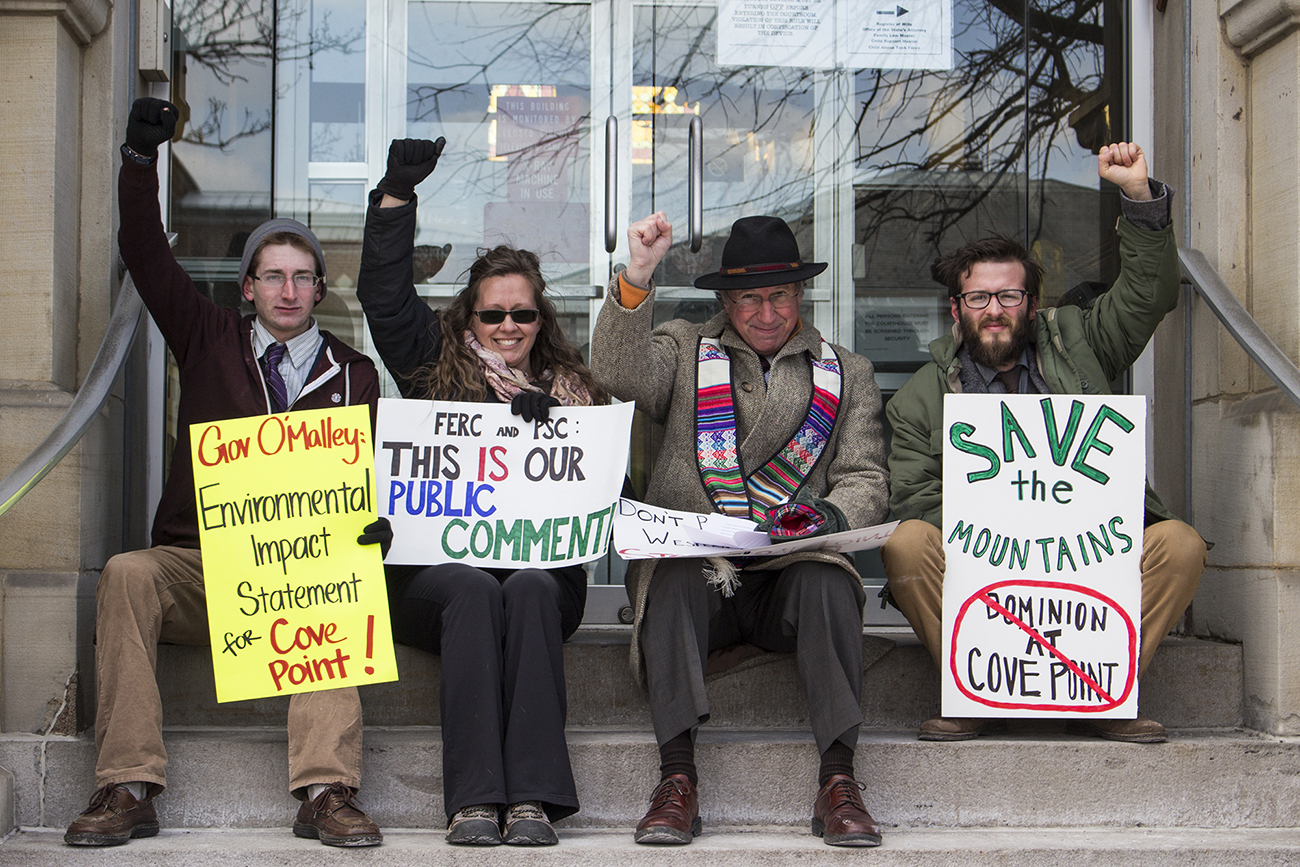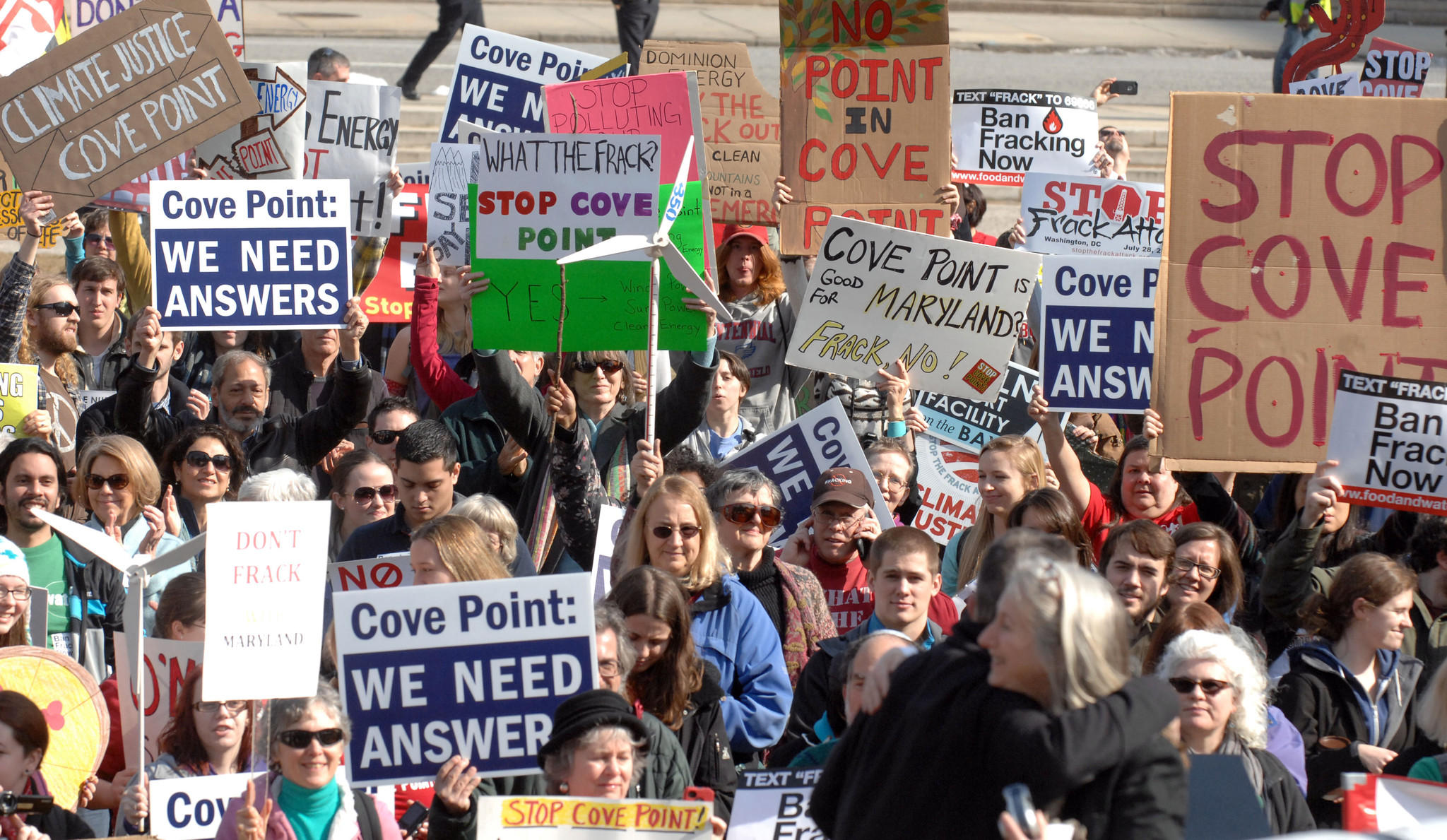In response to rising concerns, senators ask Federal Energy Regulatory Commission to “engage the public to the fullest extent possible”
Letter requests prompt response to calls for public meetings in Montgomery, Frederick, Garrett, Baltimore and Anne Arundel Counties
ANNAPOLIS—Maryland’s powerful U.S. Senators Barbara Mikulski and Ben Cardin have weighed in on the growing Cove Point gas export controversy by calling on federal officials to respond to a request for public meetings all across the state. In a letter to the Federal Energy Regulatory Commission, the senators said expressions of concern from health, faith, environmental, and community leaders statewide have led them to ask FERC to respond promptly to a request for public meetings on Cove Point in Garrett, Frederick, Baltimore, Anne Arundel and Montgomery Counties.
To date, FERC has agreed to hold only one public meeting—in Calvert County—for the proposed $3.8 billion Cove Point “liquefaction” and export facility for fracked gas. The project would take 770 million cubic feet of gas per day from all across the Marcellus Shale region of Appalachia, liquefy it to 260 degrees below zero, and then ship it to Asia via special tanker ships entering the Chesapeake Bay.
An outpouring of concern has emerged in recent months from citizens across the state—over possible new pipelines, fracking hazards, rising gas prices, and an increase in global warming pollution. Activists say these impacts would affect the entire state and therefore warrant official public meetings statewide in which FERC takes public comments and responds to these concerns.










